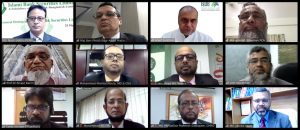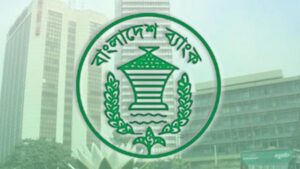Giovanni Ortolani
Communities in flood-prone areas often do not have access to information about flood forecasting. As a result, they do not have sufficient time to evacuate and put their cattle and belongings in a safe area. The new Community-Based Flood Early Warning system, International Centre for Integrated Mountain Development (ICIMOD)’s new initiative, now allows communities downstream to access almost real-time information about the water level upstream.

Communities along some 45 flood-prone villages downstream of Jiadhal and Singora rivers in India are already benefitting from the service and have an average lead time of one or two hours to prepare for the rising waters. In 2014 the system was among winners of the UN Climate Change secretariat’s Lighthouse Activity Award, which recognises innovative and transformative solutions that address climate change and wider economic, social and environmental challenges.
This piece was produced by SciDev.Net’s South Asia desk.
Simple solution: Floods and drought are often two sides of the same coin. In certain places, they damage soil, water systems and ecosystems in repeating cycles that exacerbate each other’s impact.
South Asia is one example of such a place. During the dry season, any rain passes straight through what are often degraded soils, leaving crops to wither in the sun. Instead, farmers, firms and factories rely on wells that tap underground reservoirs. But this resource is quickly depleted because most monsoon rainfall runs uncontrollably off the land, without replenishing the underlying water.
When flooding occurs, it is traditional to divert water away from inundated floodplains to protect people and reduce damage to homes, farms, businesses and infrastructure. But by then, it is often already too late — and the following year the story will repeat itself.
To combat this, hydrogeologist Paul Pavelic worked with his team at the International Water Management Institute to design and trial a new system that protects communities in flood-prone areas before disaster strikes. In this interview, he talks about the concept and reveals early results from testing the technology in the north Indian state of Uttar Pradesh. – SciDev.Net




